 |
| Japan |
| Kagoshima |
| Kamikaze pilots and driving home |
|
The next stop was at the
Kamikaze pilots museum. We were a bit disapointed that very few
items had informations in english, and the guide would tell our
disapointment to the management, so maybe it will be better later
on. Here are some background about the Kamikaze pilots.The
Japanese word Kamikaze is usually translated as "divine
wind" (kami is the word for "god",
"spirit", or "divinity", and kaze for
"wind"). The word kamikaze originated as the name of
major typhoons in 1274 and 1281, which dispersed Mongolian
invasion fleets under Kublai Khan. In Japanese, the formal term
used for units carrying out suicide attacks during 1944–1945
is tokubetsu kogeki tai, which literally means "special
attack unit". This is usually abbreviated to tokkotai. More
specifically, air suicide attack units from the Imperial Japanese
Navy were officially called shinpu tokubetsu kogeki tai,
"divine wind special attack units"). Shinpu is the
on-reading of the same characters that form the word kamikaze in
Japanese. During World War II, the pronunciation kamikaze was
used in Japan only informally in relation to suicide attacks, but
after the war this usage gained acceptance worldwide and was
re-imported into Japan. As a result, the special attack units are
sometimes known in Japan as kamikaze tokubetsu kogeki tai.
Present museum was opened in 1987. After this visit we drove to a
Sand Spa, where we were burid in hot sand and relaxed for up to
15 minutes. Traffic back to town was slow, lots of cars on the
road, but at least I got some pictures from that trip too.
Click on the
picture to get a larger version
| Entance |
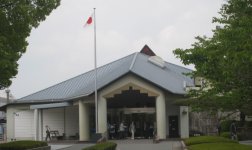 |
| From
the exhibition in the outside garden |
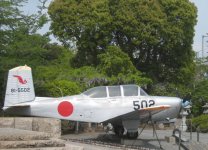 |
 |
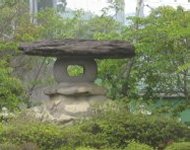 |
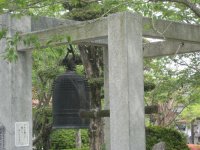 |
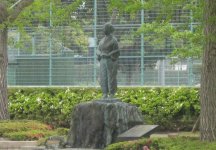 |
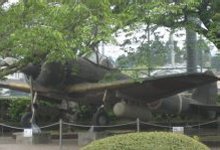 |
| |
|
Interesting
cutting of the tree |
|
|
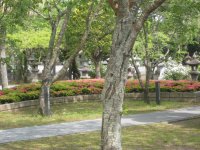 |
 |
 |
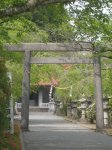 |
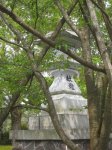 |
| Farmers
have started the spring work |
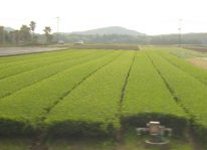 |
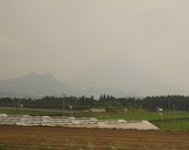 |
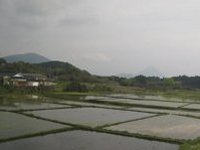 |
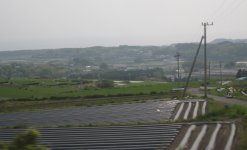 |
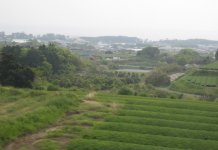 |
| This
huge popped up, and we saw it for a long time |
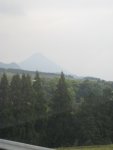 |
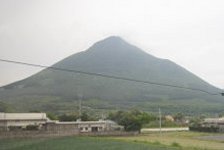 |
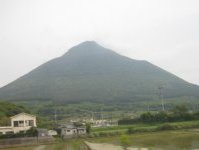 |
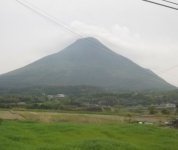 |
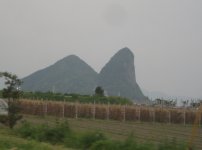 |
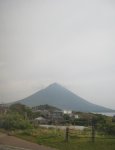 |
| View
along the road after the Spa was finished |
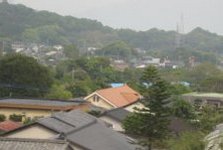 |
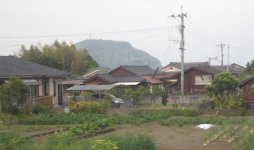 |
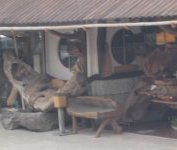 |
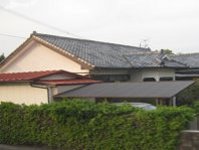 |
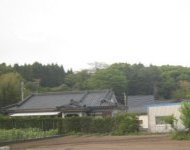 |
< Back to the index

